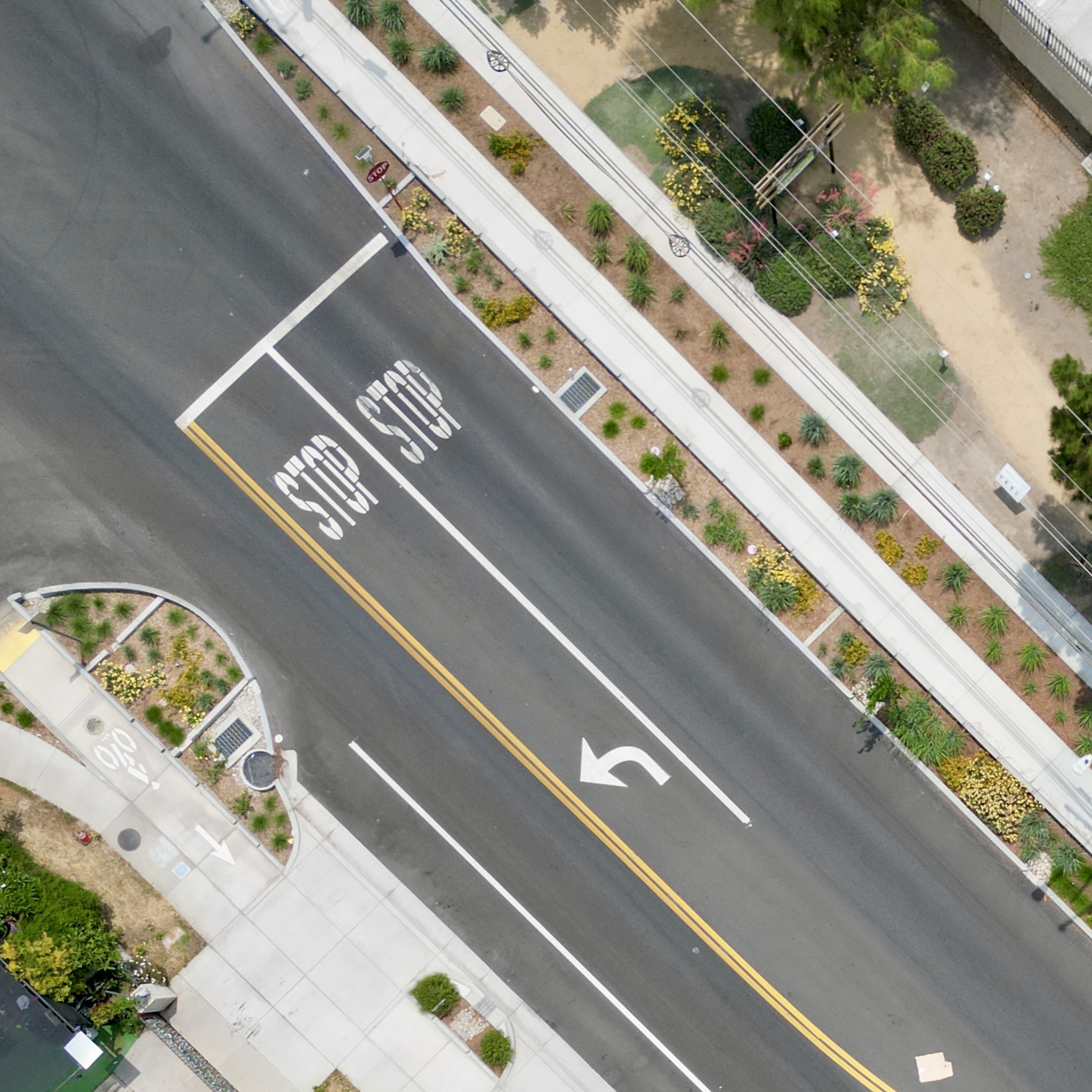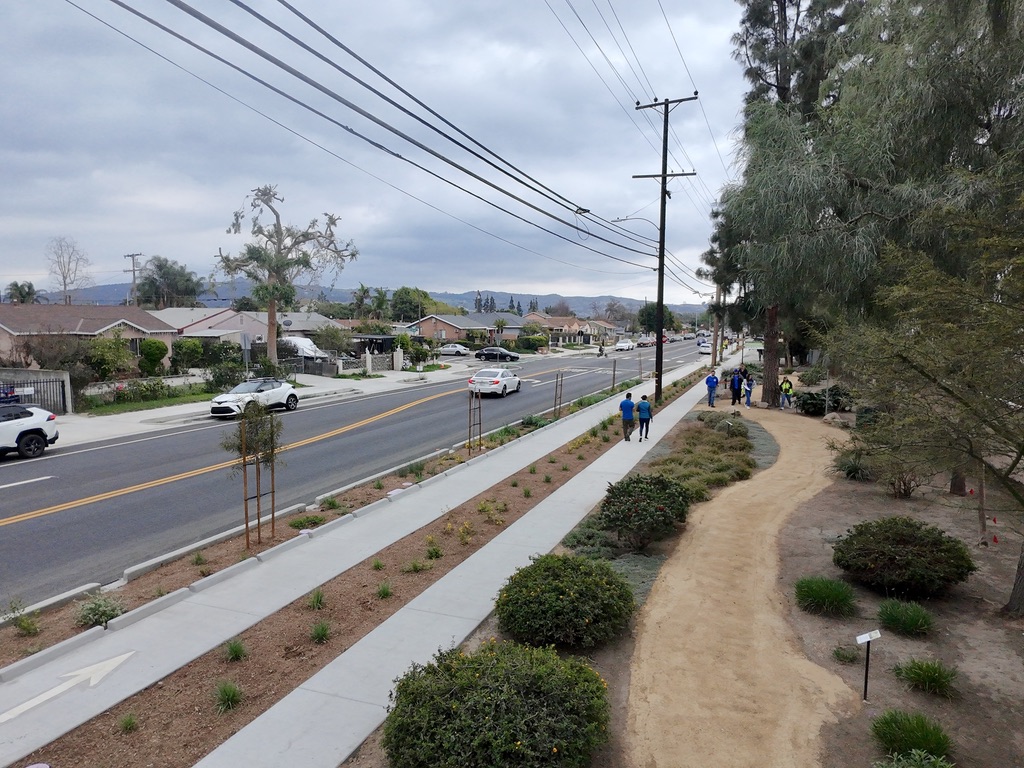
South El Monte, California, is paving a path towards a greener and more resilient future with the groundbreaking Merced Avenue Greenway project. This initiative is transforming a historically underserved and industrial corridor into a vibrant, multi-benefit community asset. The Greenway addresses critical environmental challenges by integrating green infrastructure with active transportation, thereby improving the quality of life for residents. It serves as a model for future urban development projects across the region and beyond.
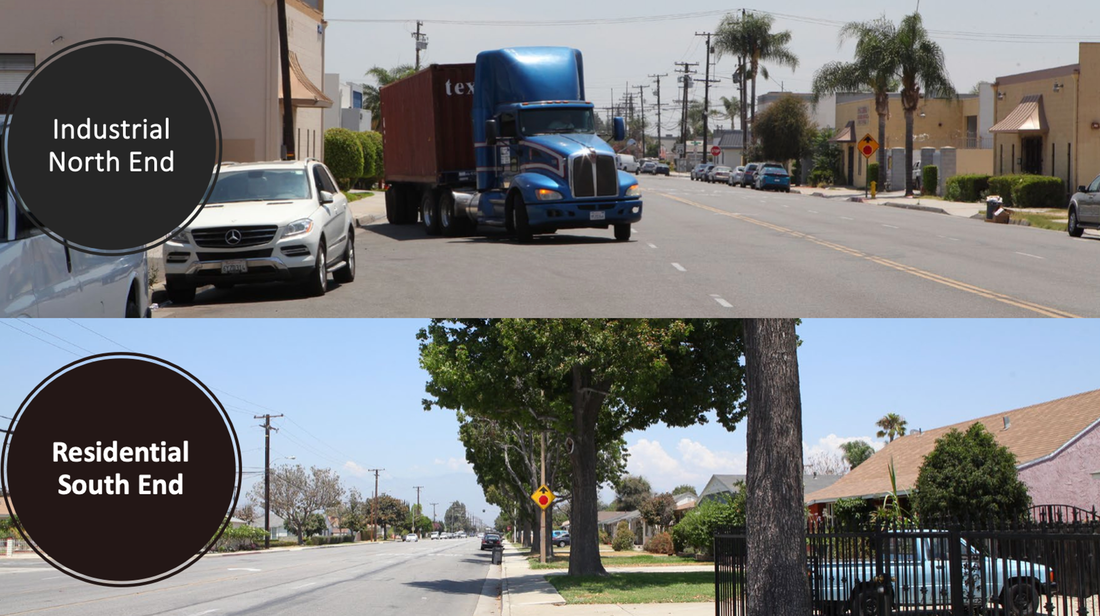
For decades, Merced Avenue reflected its industrial past, characterized by heavy vehicular use, a lack of vegetation, and minimal permeable surfaces. This traditional street design contributed to a range of urban issues, including localized flooding, poor air and water quality, and the pervasive urban heat island effect. Recognizing these challenges and the community's need for more green spaces and safer mobility options, the City of South El Monte, in collaboration with a network of partners and collaborators, developed and undertook the Merced Avenue Greenway project.
The vision for the Greenway was to create a “livable green street” that would serve pedestrians, cyclists, and motorists while providing essential environmental benefits. Planned and implemented in two phases, this project aimed to transform the 1.1-mile stretch of Merced Avenue into a sustainable urban corridor. Phase I, focusing on the residential section south of Rush Street, was completed in December 2024, with its grand opening celebrated in March 2025. Phase II, addressing the industrial section north of Rush Street, is currently in the design phase, with construction targeted for completion in 2027.
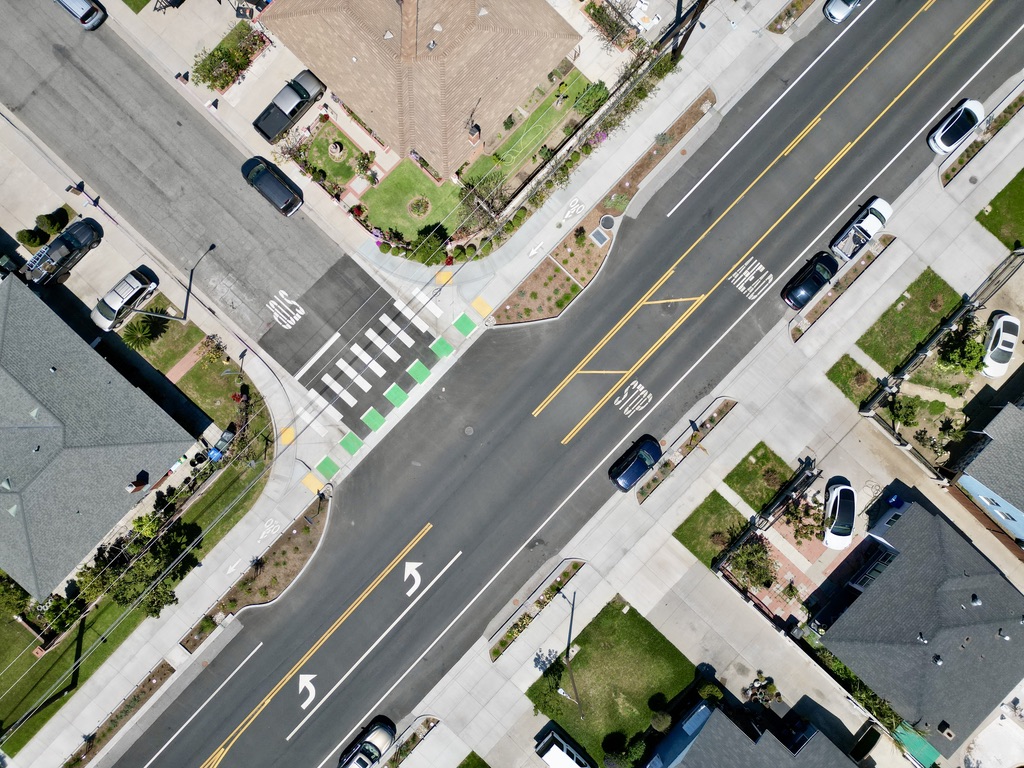
The project features protected pedestrian walkways and the San Gabriel Valley’s first sidewalk-level bike path, both of which significantly enhance safety and accessibility for cyclists and pedestrians and promote active transportation.
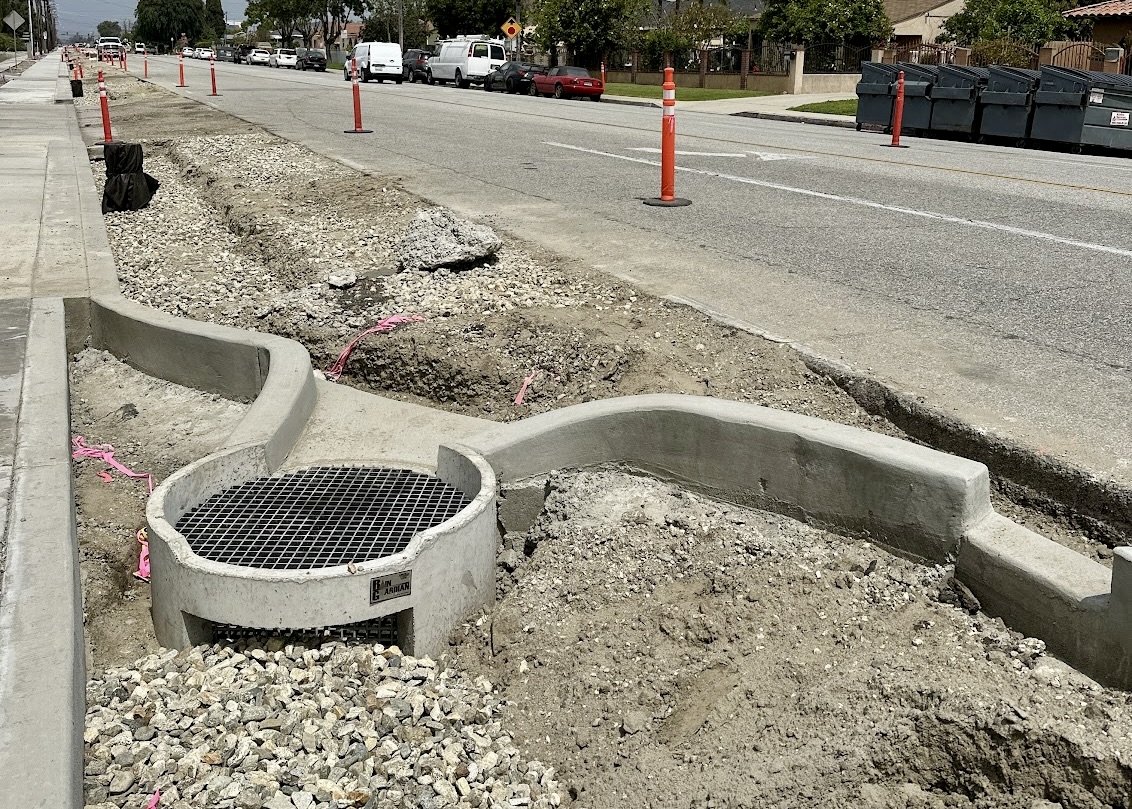
For stormwater management, the Greenway integrated porous concrete and bio-infiltration planters. This system is capable of capturing and treating an average of 21.5 acre-feet of stormwater annually, with approximately 6.47 acre-feet infiltrating into the ground each year. The planters alone can hold up to 650,000 gallons of stormwater, complemented by 10,000 square feet of porous pavement. This system will help to manage stormwater runoff, reduce flood risks, and improve water quality by naturally filtering pollutants before they enter local waterways.
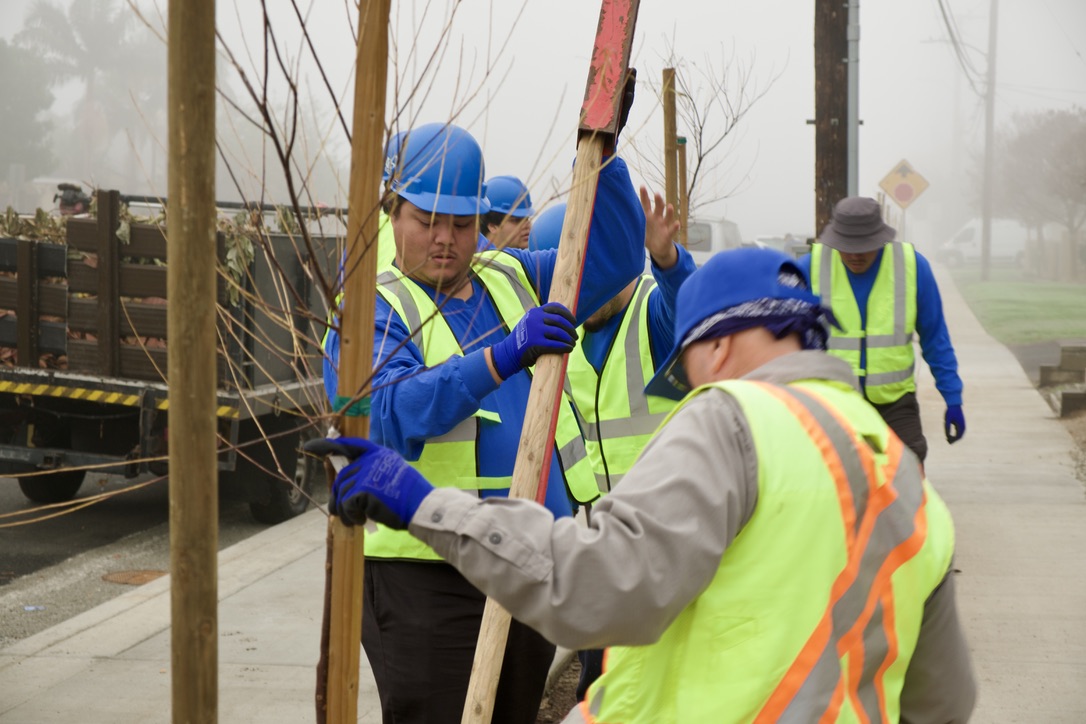
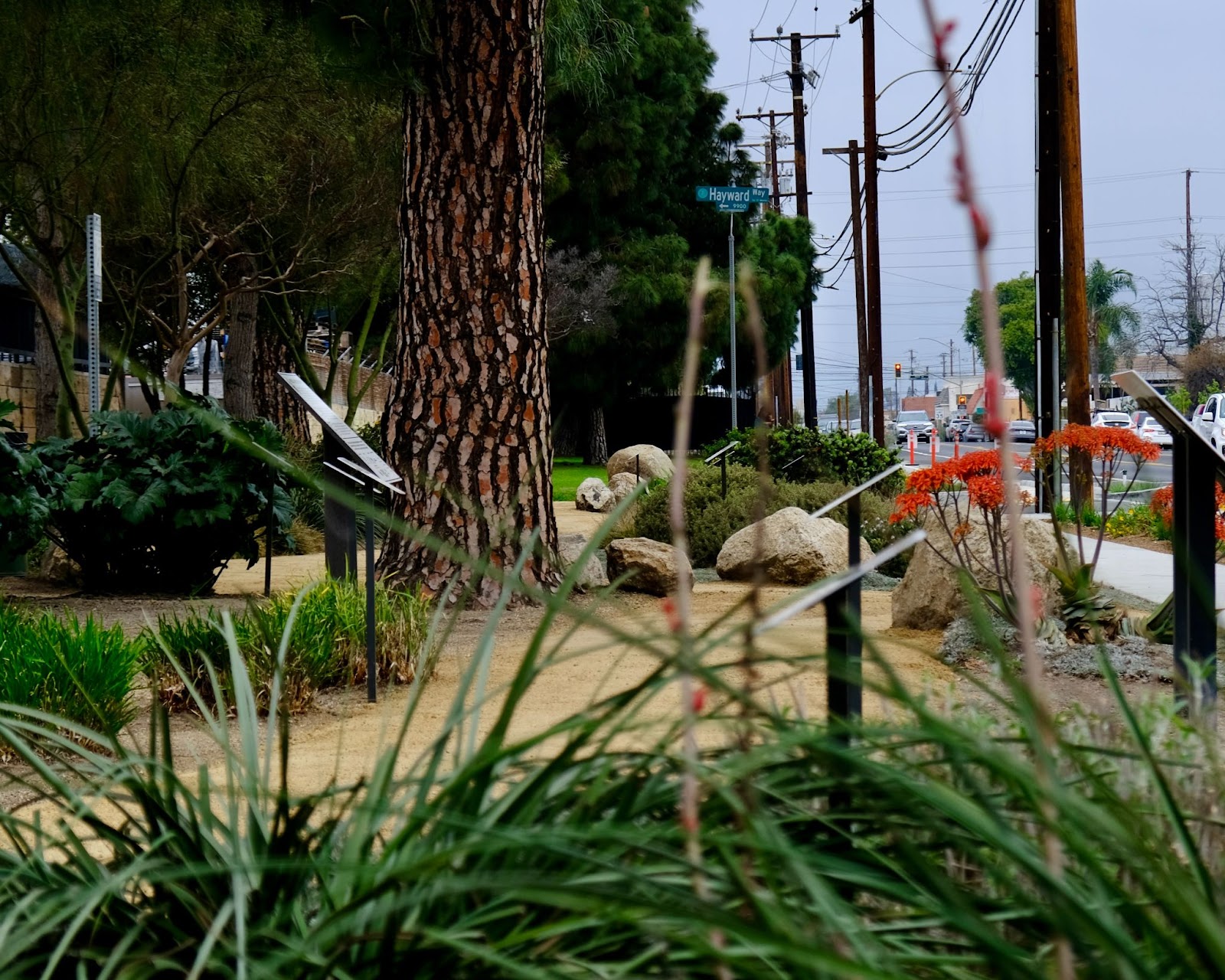
The project also prioritized the enhancement of green spaces and biodiversity. Over 30,000 square feet of impermeable asphalt was removed and replaced with 3,000 native plants and 133 new trees. This re-vegetation creates valuable habitat for wildlife, supports local biodiversity, and helps to reduce the urban heat island effect through natural shade and evapotranspiration.
Furthermore, the Greenway establishes community connectivity by providing a vital link to the nearby Whittier Narrows Recreation Area and the broader San Gabriel Valley Greenway Network, offering residents safer and more accessible routes to regional parks and trails.
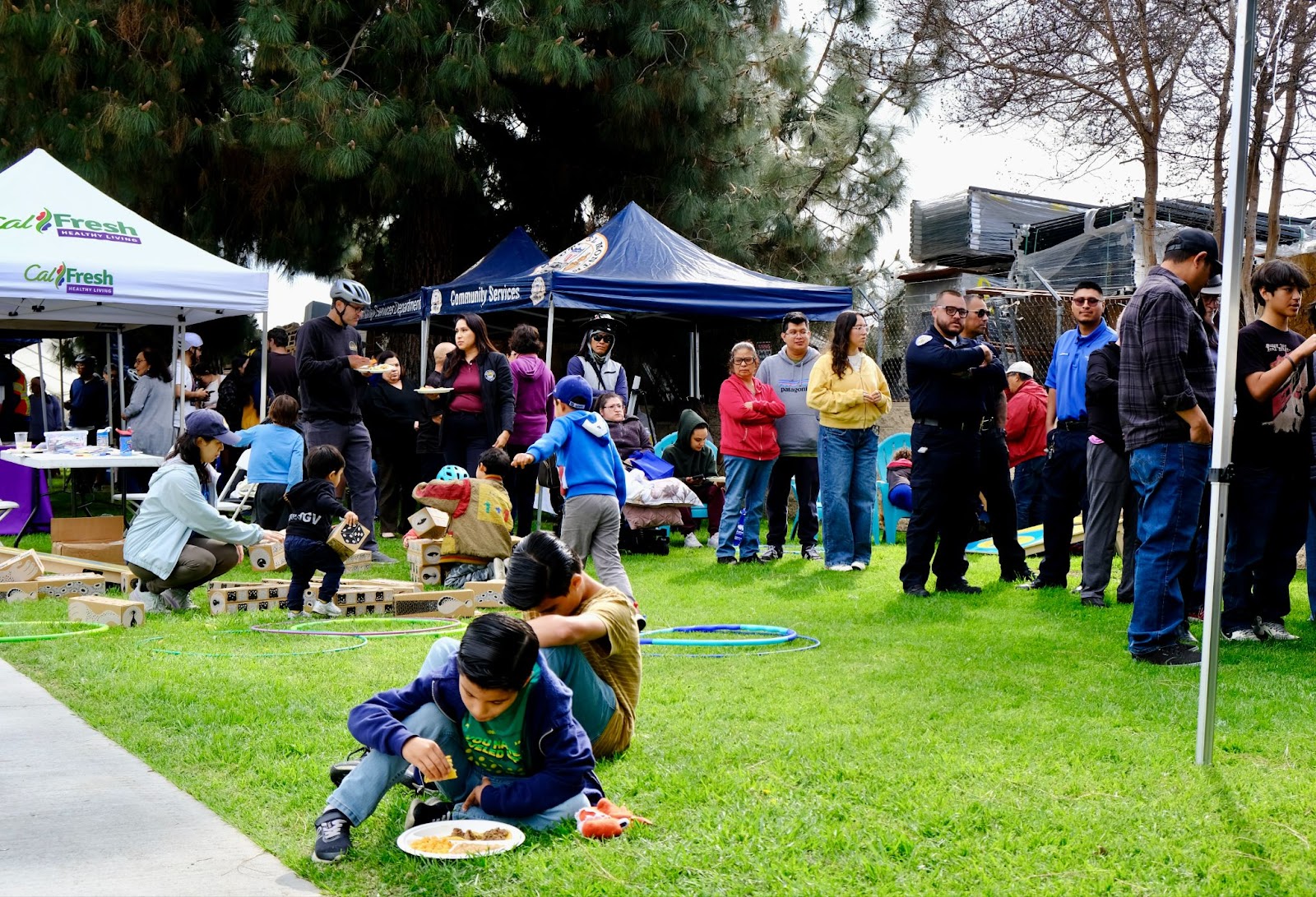
Beyond its physical transformation, the Merced Avenue Greenway project has emphasized community engagement and education to build a sense of ownership and promote sustainable practices among community members.

Various community outreach events were hosted throughout the project development, including pop-up events, tabling sessions, and door-to-door canvassing. Additionally, six community presentations were conducted in collaboration with local organizations, school districts, and parent groups, focusing on stormwater management, public health, and safety benefits.
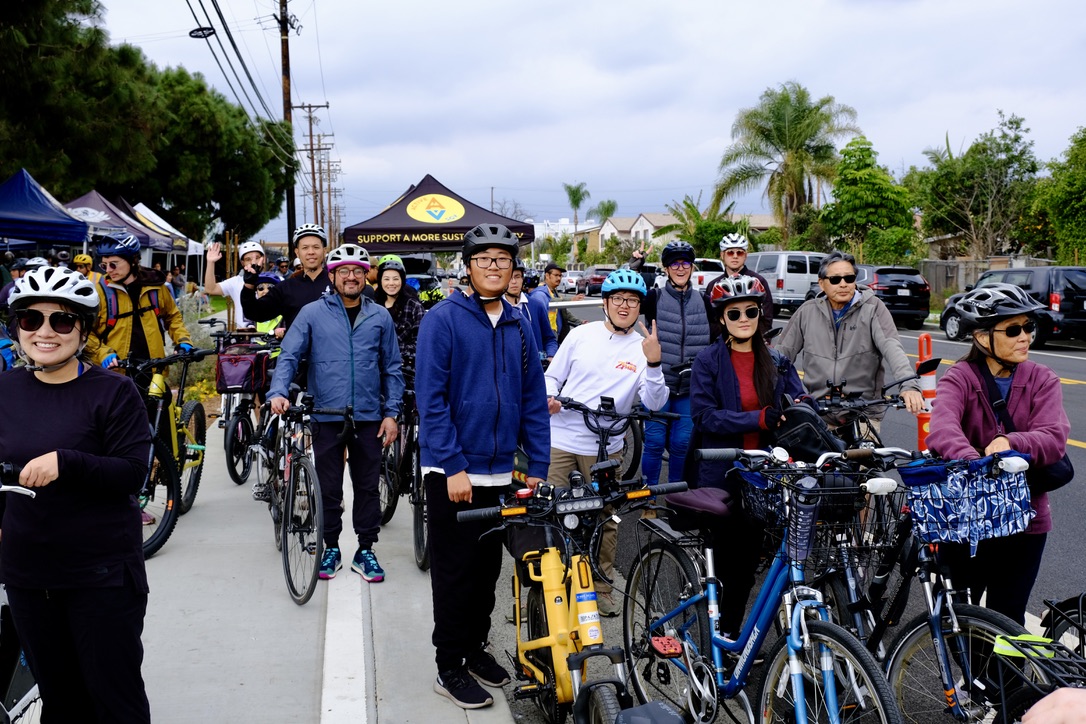
To encourage active use, four community bike rides were coordinated and led for the public with stops along the route, educating participants about the project’s key benefits and features. Additionally, eight beautification events were planned along Merced Avenue, engaging volunteers in picking up trash while monitoring the health of the bioswales and planters.
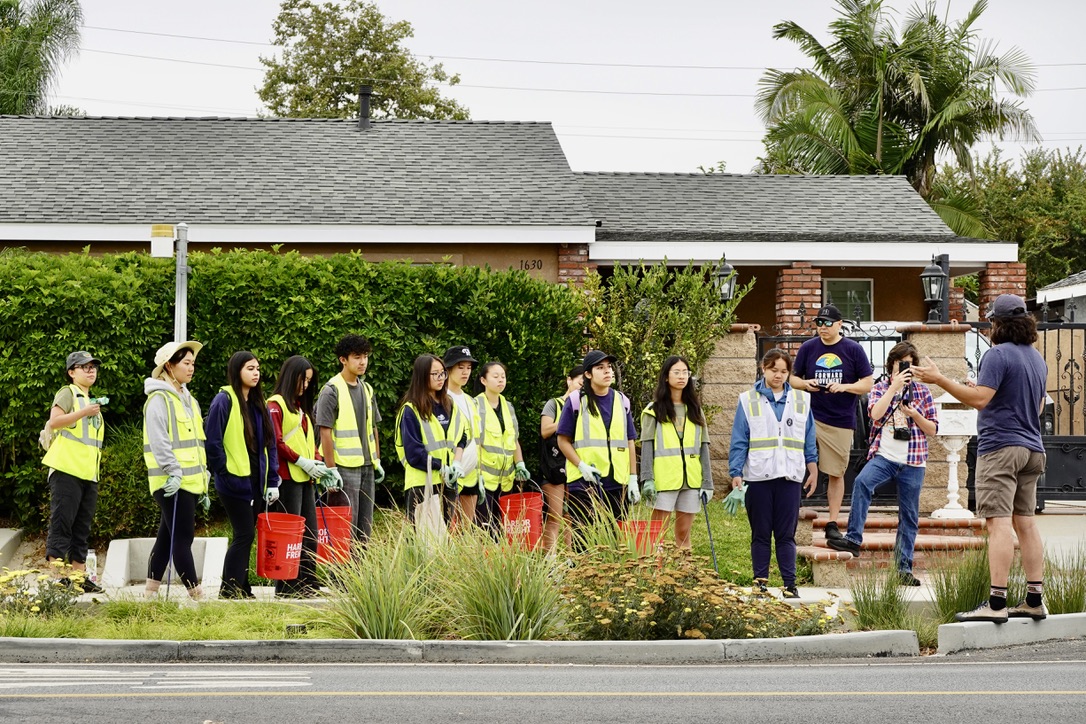
To amplify awareness and reach a broader audience, the project partnered with media outlets, creating op-eds, press releases, and media alerts. One significant media success was a climate justice feature on Spectrum News 1, which highlighted the greenway’s multi-faceted benefits and its role in addressing Southern California's pressing environmental challenges.
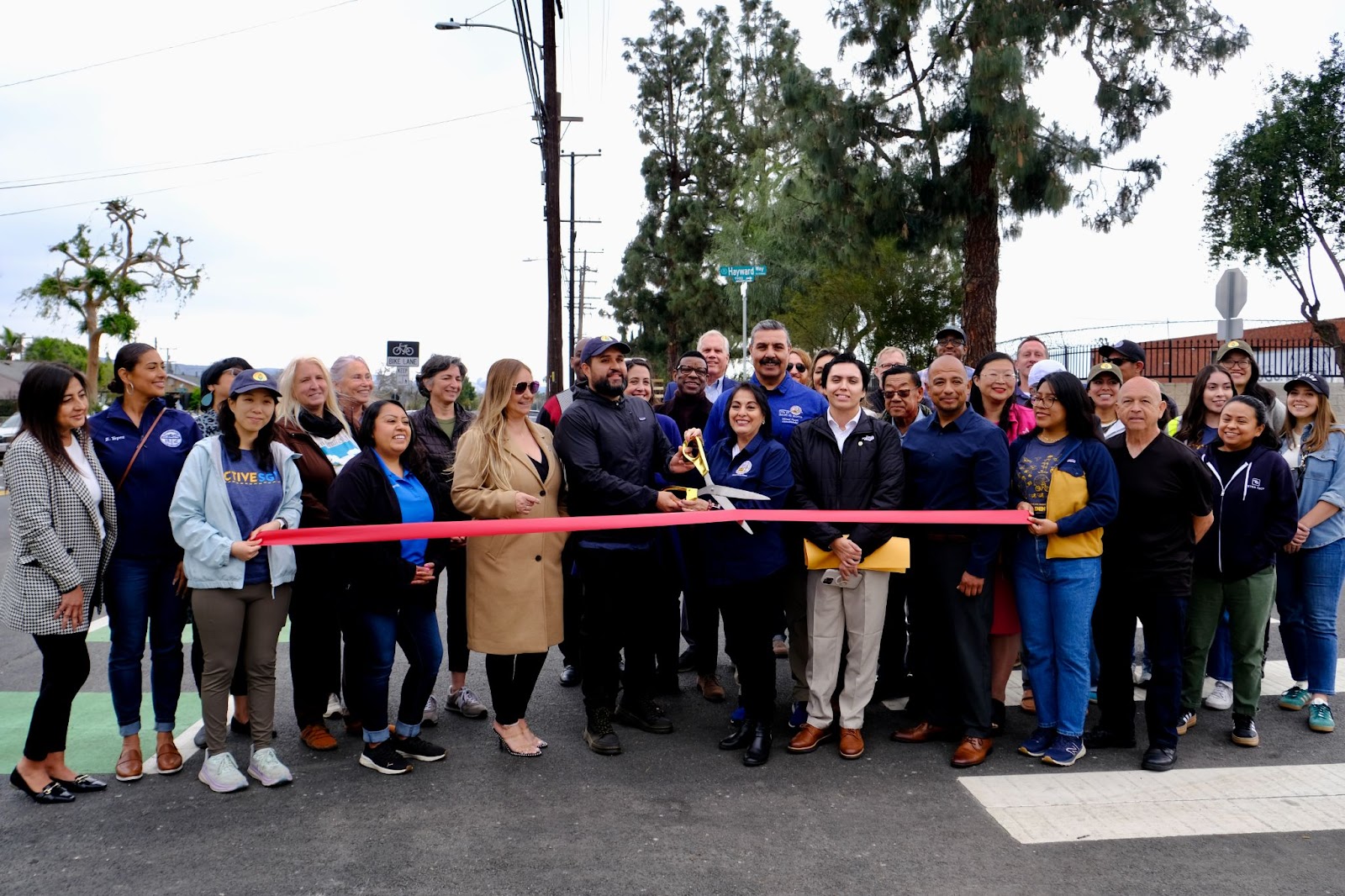
The success of the Merced Avenue Greenway is a testament to the strength of partnerships and the diversity of funding sources. Led by the City of South El Monte and the Council for Watershed Health, the project brought together a collaborative effort involving Active San Gabriel Valley (ActiveSGV), Climate Resolve, Tetra Tech, and Alta Planning + Design. This coalition ensured that the project was not only technically sound but also reflective of community needs and values.
Funding for Phase I, totaling $11.9 million, was secured through a combination of federal, state, and local sources, including significant contributions from the California Natural Resources Agency Prop 68, California State Water Resources Control Board Prop 1, and the Los Angeles County Flood Control District’s Safe, Clean Water Program. This multi-agency funding approach demonstrates the broad recognition of the project's multifaceted benefits and its alignment with regional environmental and public health objectives.
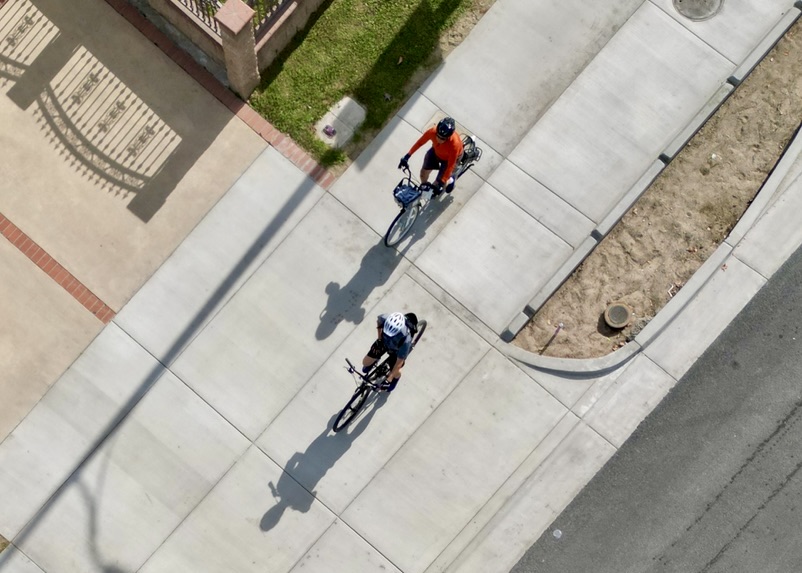
The Merced Avenue Greenway demonstrates how urban infrastructure can be reimagined to deliver simultaneous benefits for the environment and community well-being. Its success provides a valuable blueprint for future projects in several key areas. This project addresses multiple urban issues, including stormwater management, heat mitigation, air quality improvement, active transportation, and a lack of green spaces, with a single, integrated design that yields significant results with fewer resources.
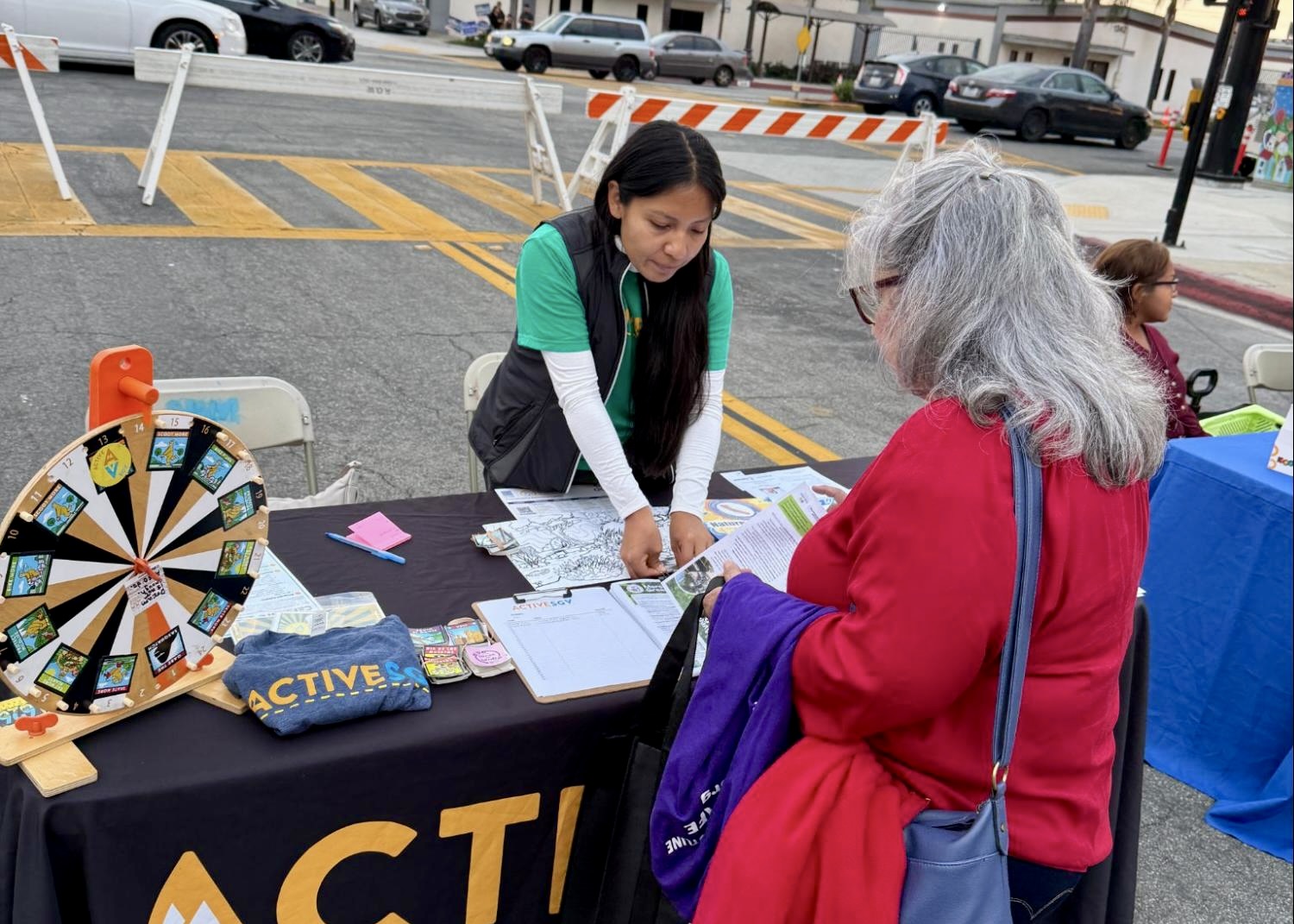
From its inception, the Greenway project prioritized inclusive, multilingual community engagement, ensuring that the design reflected the needs and aspirations of South El Monte residents. This community-driven approach fosters ownership and long-term sustainability. The ability to secure funding from diverse sources, each targeting different benefits, highlights the appeal of multi-benefit funding and offers a replicable approach to unlock funding for complex urban revitalization initiatives.
By focusing on green infrastructure that captures and treats stormwater, reduces urban heat, and enhances green spaces, the Greenway directly contributes to climate change adaptation and resilience, a critical consideration for urban areas. The Merced Avenue Greenway demonstrates that even highly urbanized, formerly industrial corridors can be transformed into vibrant, healthy, and sustainable community assets, making it a replicable model for urban transformation in similarly disadvantaged communities in need of environmental justice and improved quality of life.
As South El Monte progresses with Phase II of the Merced Avenue Greenway, focusing specifically on transforming the remaining industrial section, the project's impact will continue to grow, further solidifying its role as a leading example of innovative urban development.
